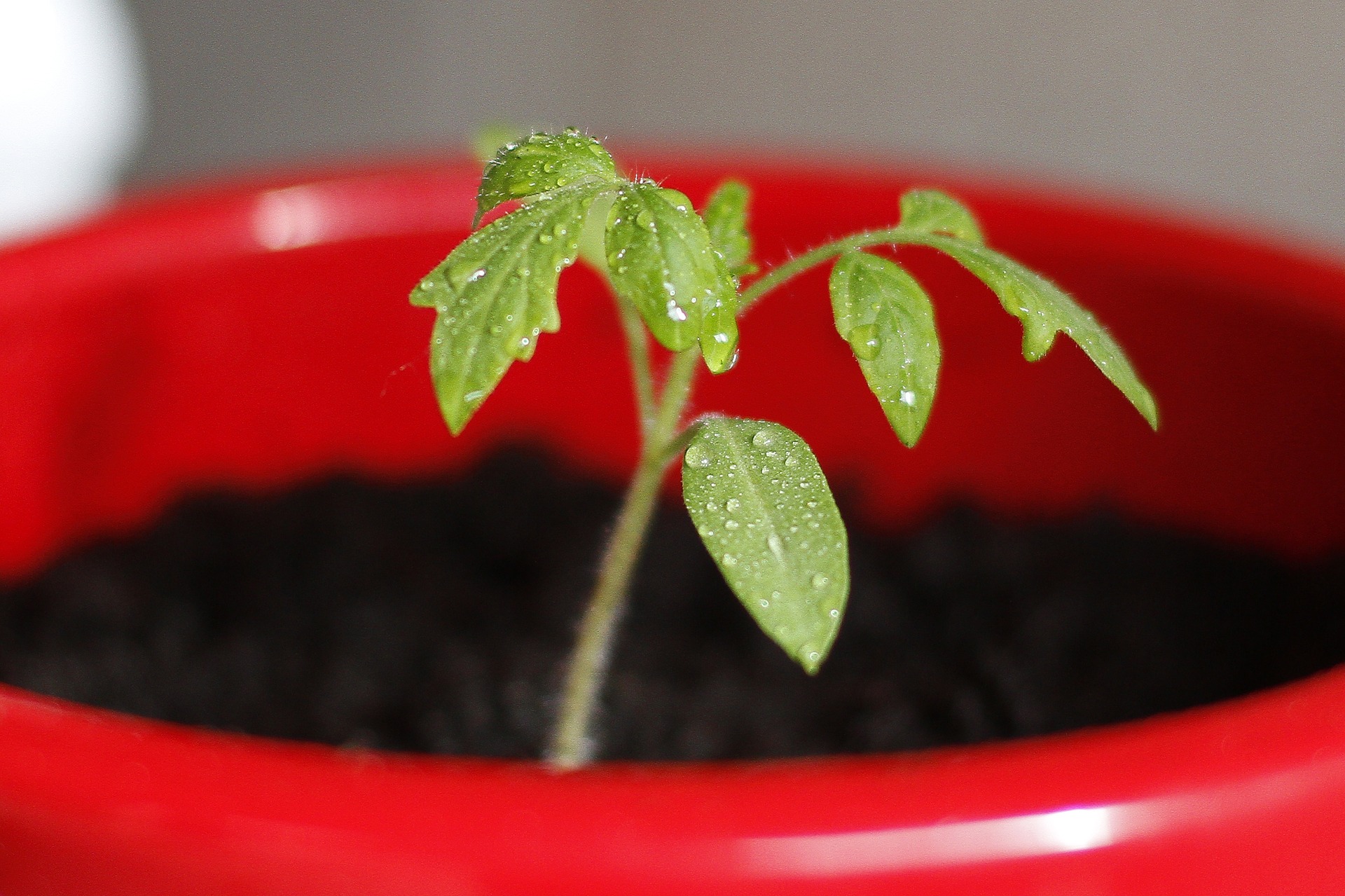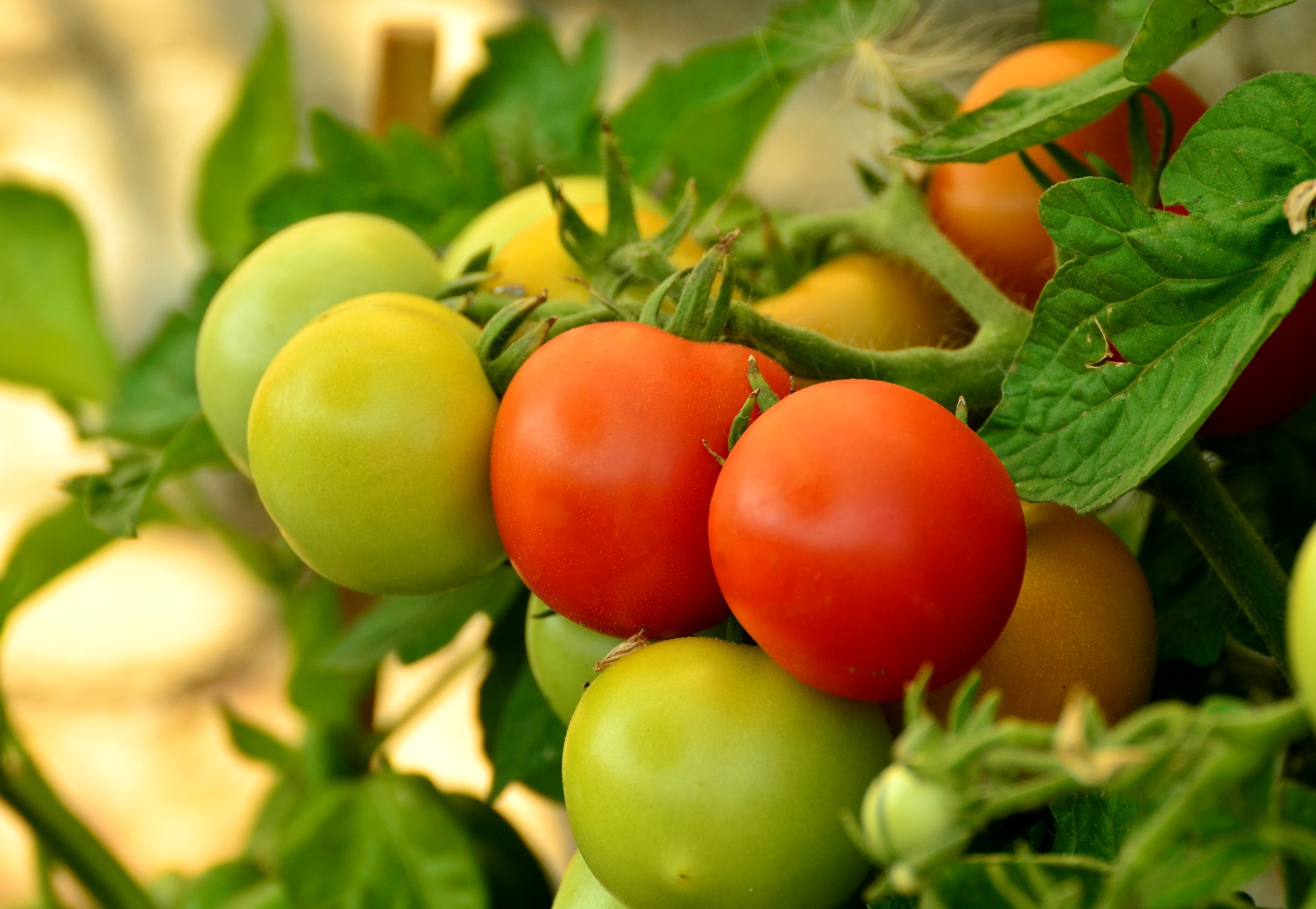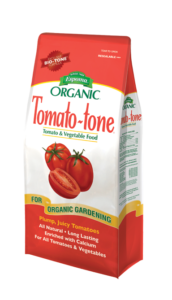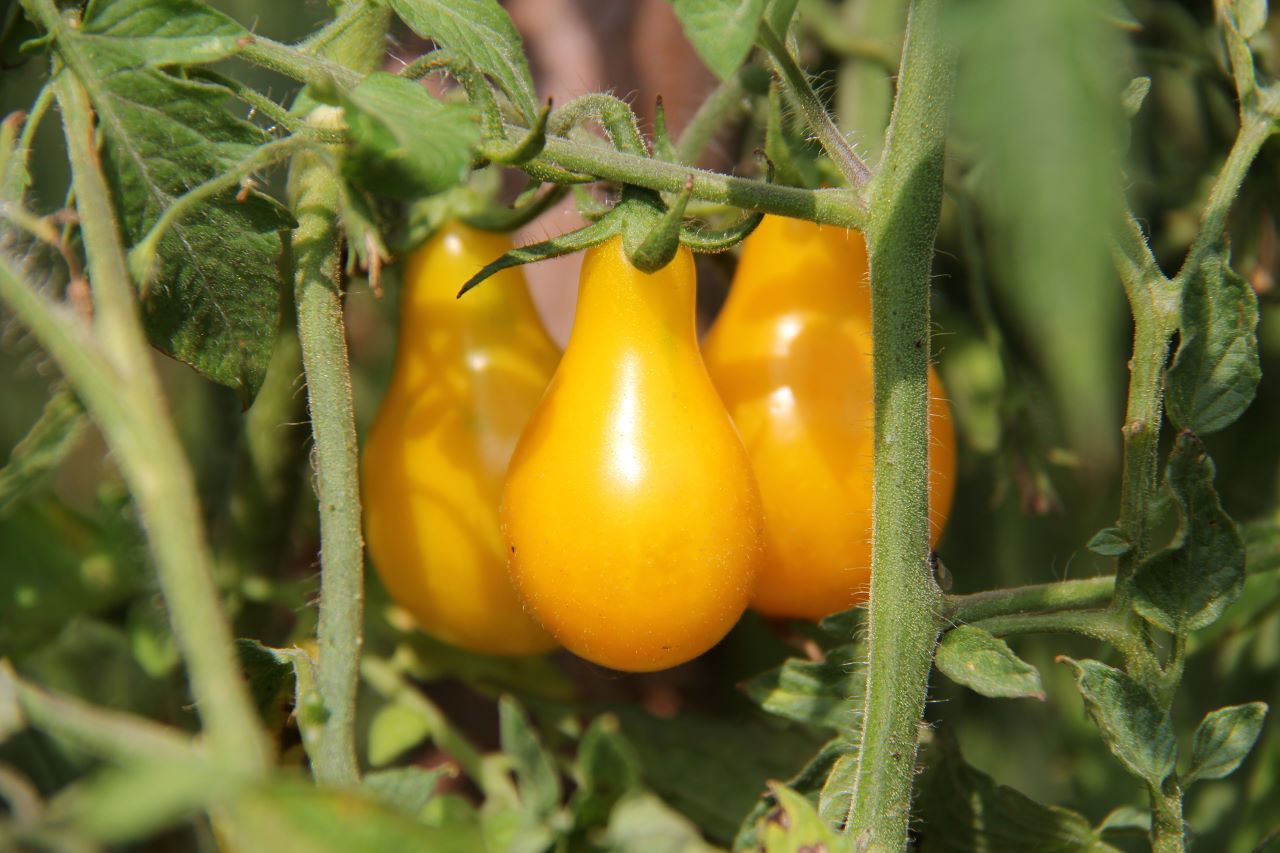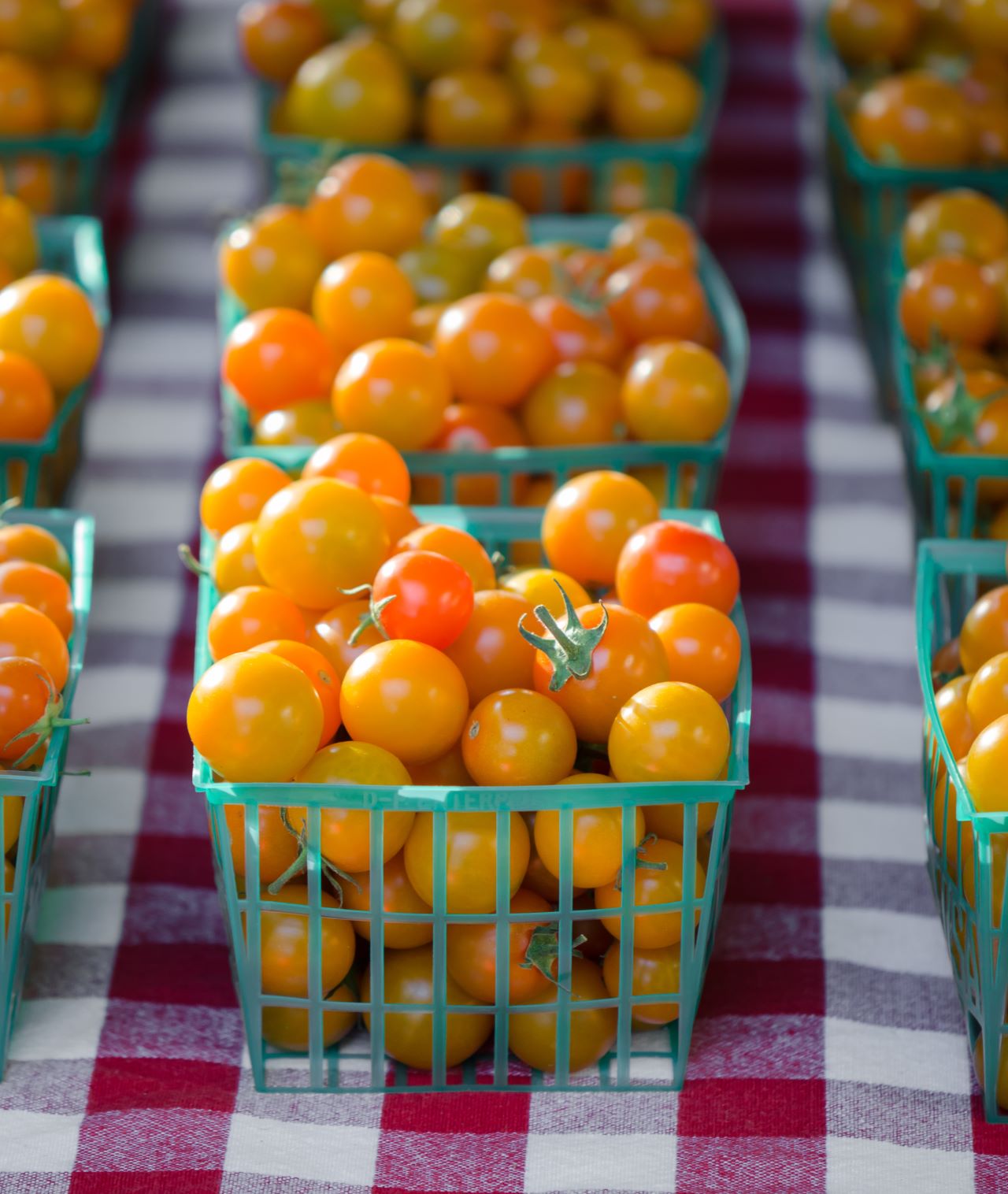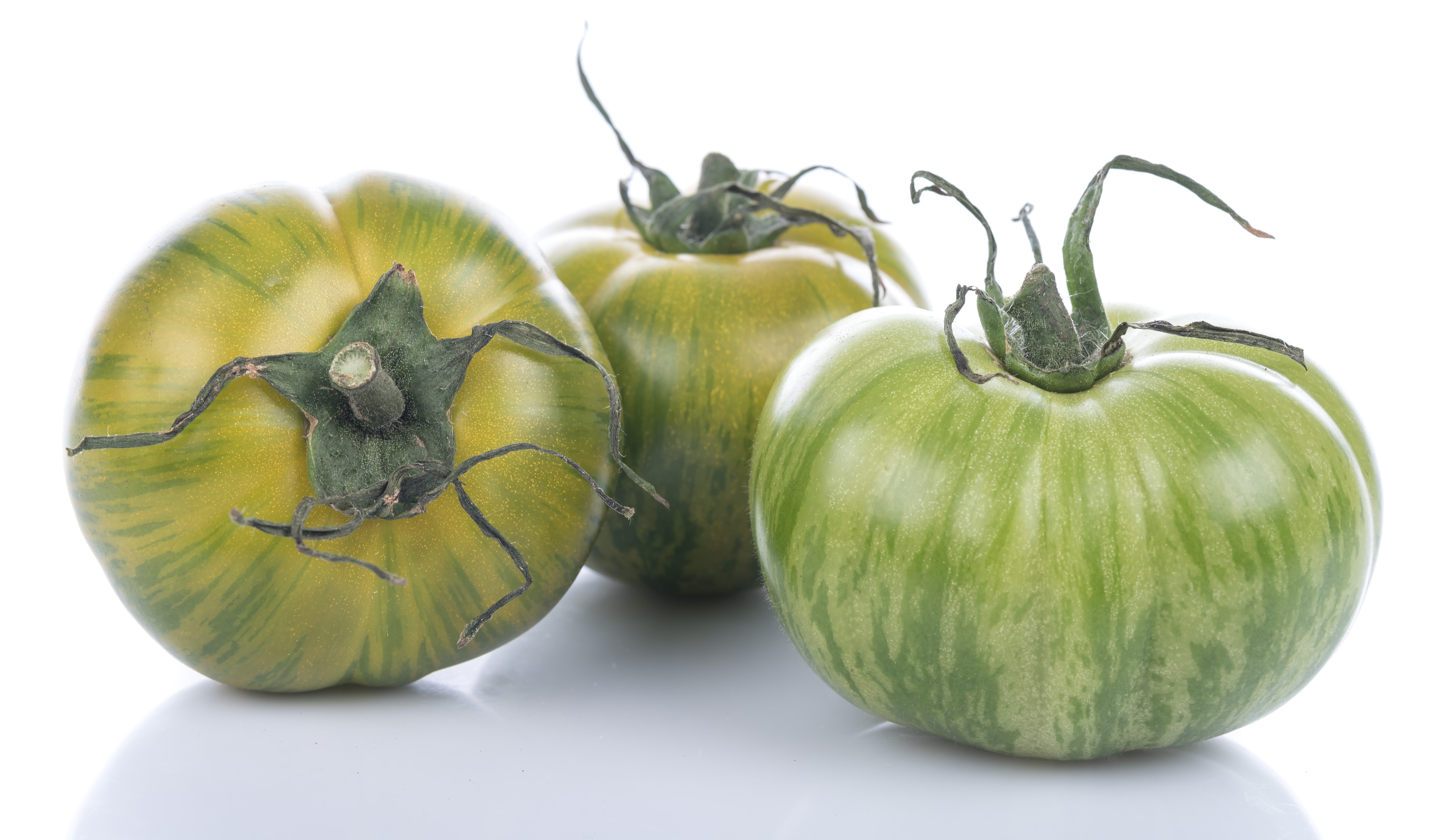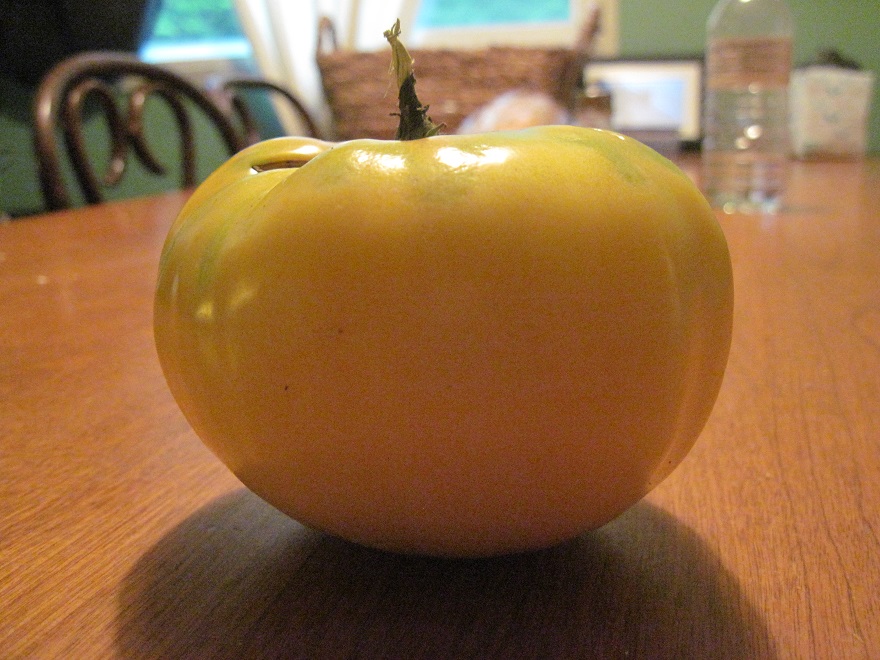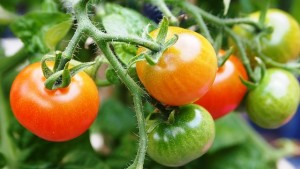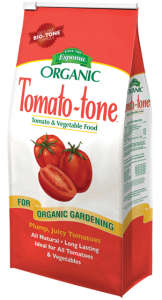Plant Tomato Seeds in 4 Easy Steps
Nothing beats that first bite into a delicious, ripe tomato – even better when it’s fresh out of your summer garden! Just talking about tomatoes has us craving homemade salsas, Caprese salads and a delicious medley of fresh summer veggies.
If you’re as excited about tomato season as we are, why not get started now?
In practically no time at all, you can start tomato seeds. The best way to get a head start on growing tomatoes is to start seeds indoors 4-6 weeks before the last spring frost date in your region.
Pick Your Plant
The first step to starting seeds is deciding which tomato is the one for you. With thousands of varieties, it can be hard to choose just one! This list of easy-to-grow tomatoes will make your decision simple and stress free.
Start Seeding
When starting seeds indoors, you only need three simple things: warmth, light and an organic plant food.
Fill seed trays to within ¼” of the top with Espoma’s Organic Seed Starting mix. Follow instructions on the seed packets to see how deep and far apart to plant. Cover with soil, press down and lightly water.
Place tray in a larger pan of shallow water for a minute so the water seeps up from the bottom.
Place seeds in a warm spot between 65-75°. Try the top of the fridge, or purchase a heat mat.
Loosely cover tray with plastic wrap or the cover from your seed-starting kit. Check seeds daily for moisture and water as needed.
Give seeds 12-16 hours of light daily. Supplement sunlight with grow lights if needed.
Getting bigger
Once you see sprouts, remove the cover and move seeds to a sunny, south-facing window that is 65-75°F. Then, turn the container a little each day to prevent leaning seeds.
Add Espoma’s Organic Tomato-tone, a premium plant food formulated specifically for growing plump and juicy tomatoes, once seeds have sprouted. Tomato-tone’s organic composition feeds your plants naturally and will not force rapid growth at the expense of blooms and tomato yield.
Ready to Plant
Once the last frost date has passed, you’re almost ready to plant! Start by hardening off plants and placing seedlings outdoors for seven to 10 days for a few hours each day. Cut back on watering, as well. Now that plants are good and strong, it’s time to plant! Gently remove plants from containers without damaging the roots. Plant in a prepared bed and mix in organic starter plant food, such as Bio-tone Starter Plus, to keep roots strong.
Now you’ll have delicious tomatoes in no time!
Go forth, and grow! When you’re organic gardening, be sure to feed tomatoes lots of Tomato-tone during the growing season.

